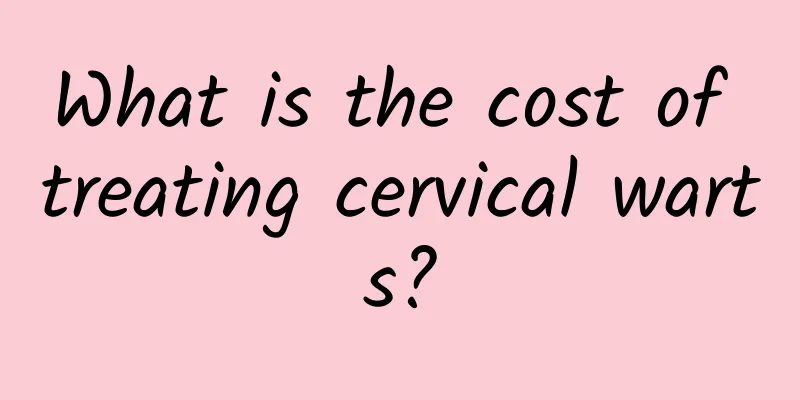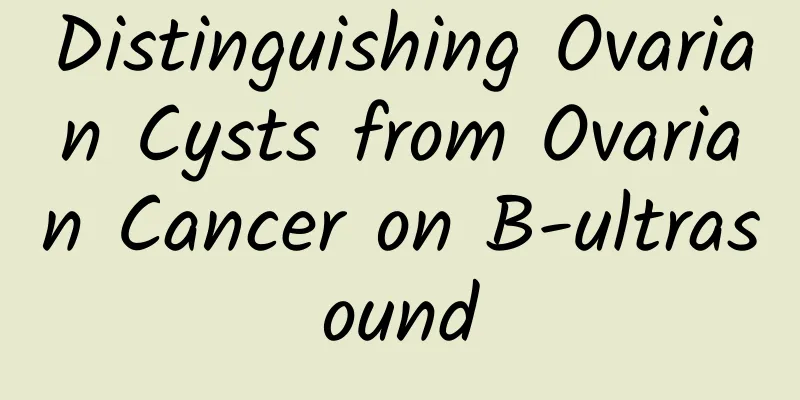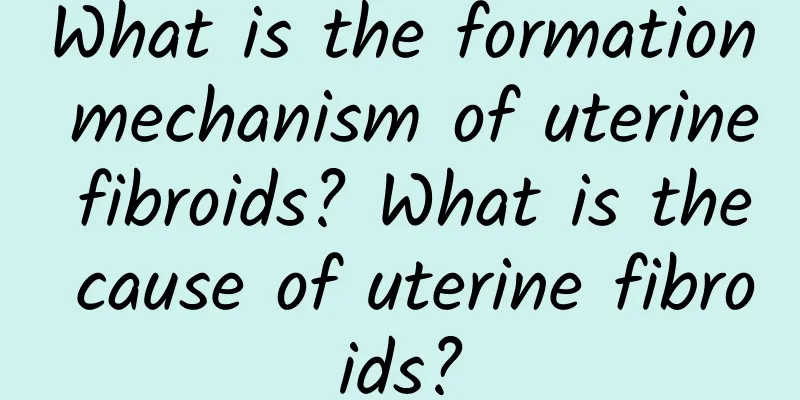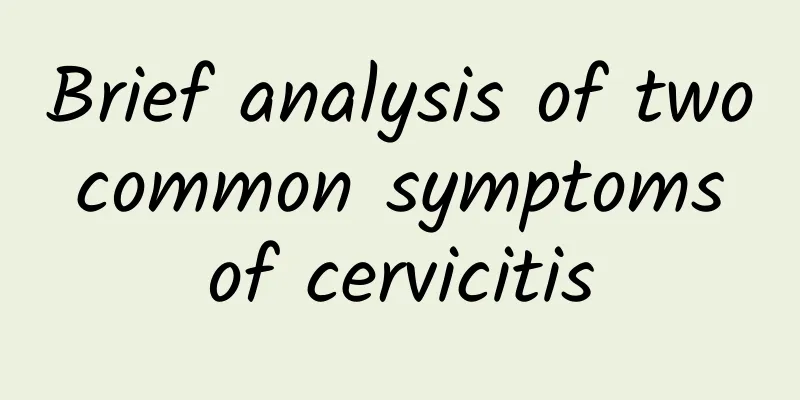Treatment of uterine fibroids

|
Uterine fibroids are the most common benign tumors in the female reproductive organs and one of the most common tumors in the human body. They are mainly formed by the proliferation of uterine smooth muscle cells, with a small amount of fibrous connective tissue as a supporting tissue. Since uterine fibroids are mainly formed by the proliferation of uterine smooth muscle cells, they are called uterine leiomyoma, or uterine fibroids for short. There are three main treatments for uterine fibroids: 1. Observation: If the fibroids are small and have no obvious symptoms, special treatment is usually not required, but regular gynecological examinations are required to observe the growth of the fibroids. 2. Drug treatment: If the fibroids are large or have obvious symptoms, drug treatment is usually used to relieve symptoms or reduce the size of the fibroids. Commonly used drugs include gonadotropin-releasing hormone analogs, mifepristone, danazol, etc. These drugs can reduce the size of fibroids and relieve symptoms, but the fibroids may grow again after stopping the drug. 3. Surgical treatment: If the fibroids are large, the symptoms are severe, or drug treatment is ineffective, surgical treatment is required. Surgical treatment methods include myomectomy and hysterectomy. For patients who want to have children, myomectomy can be selected to preserve the uterus and reproductive function. For patients who do not want to have children, hysterectomy can be considered to completely eliminate the fibroids. The above methods are for reference only. For the treatment of uterine fibroids, different methods should be adopted according to the specific situation and should be selected under the guidance of a doctor. At the same time, maintaining good living habits and eating habits is also an important measure to prevent uterine fibroids. |
<<: How many times should pelvic therapy be performed for pelvic effusion
>>: How to check for premature ovarian failure
Recommend
What symptoms does vulvar leukoplakia cause?
Vulvar leukoplakia is a very painful disease, and...
How to treat vulvar leukoplakia?
What is vulvar leukoplakia? How to treat vulvar l...
What are the symptoms of endometriosis that require treatment?
Typical symptoms of endometriosis include dysmeno...
Can you get pregnant with primary amenorrhea?
Primary amenorrhea usually prevents natural pregn...
Analyze the causes of dysmenorrhea
Women, do you know why you have dysmenorrhea? Do ...
The treadmill is a dangerous place! 5 must-read safety tips
careful! Treadmills may contain hidden dangers! A...
The ketogenic diet not only helps with weight loss, but also prevents cardiovascular disease! Doctors reveal: 5 major advantages of the ketogenic diet
Modern people live longer, so chronic diseases ar...
Are the symptoms of uterine fibroids obvious? Can uterine fibroids also cause anemia?
Uterine fibroids are common and frequently occurr...
If you are fat since childhood and don’t lose weight, you may develop enlarged fat cells! Nutritionist: Learn these 3 tips to avoid the hidden traps of obesity
Many parents often think that raising their child...
Healthy and without burden! 3 tips for choosing drinks to pair with zongzi
On a sunny summer day, eating rice dumplings with...
Will cervical erosion of degree 2 turn into cervical cancer?
Will cervical erosion of degree 2 turn into cervi...
What is the differential diagnosis of ovarian cysts? What are the symptoms of ovarian cysts?
What is the differential diagnosis of ovarian cys...
What are the symptoms of menopause? Pay attention to these 5 situations
Women need to pay attention to menopause. At this...
What are the causes of pelvic inflammatory disease?
Pelvic inflammatory disease refers to inflammatio...
What causes threatened miscarriage?
How is threatened abortion caused? Abortion is co...









